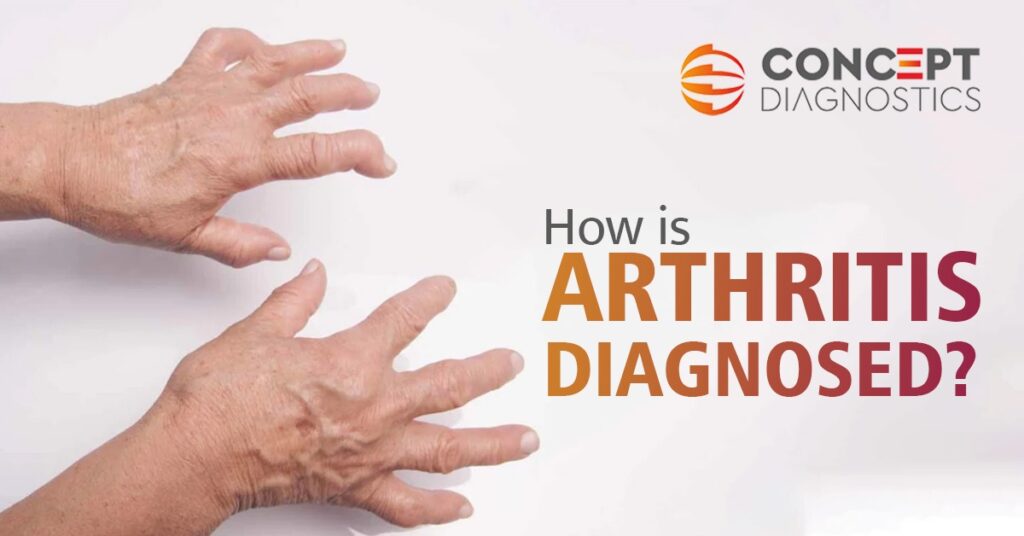How is arthritis diagnosed?
Arthritis is a chronic condition which can cause inflammation, stiffness and pain in the joints. A joint is where two or more bones come together. Mostly, it creates impact on hands, knees and feet. Arthritis is generally caused when the tissues of the joints are damaged. Arthritis can cause swelling, redness and warmth in the joints.
It is sometimes arduous to diagnose arthritis as there are nearly 100 types of arthritis. It is majorly bifurcated into four categories namely, degenerative arthritis, inflammatory arthritis, metabolic arthritis, and infectious arthritis. From them, osteoarthritis i.e., degenerative arthritis is the most common type. For the precise reports, you will have to go for diagnosis. Arthritis is something you cannot turn a blind eye to.
Before moving to any diagnosis, our health care provider will have your physical exam. To check whether there is inflammation, warmth, redness and whether you can move your hands.
Tests for arthritis:
You will have to undergo two types of tests i.e., laboratory testing and imaging techniques.
Laboratory testing:
Laboratory testing includes a good many body fluids testing which can elucidate about blood, urine and joints. So there are some basic laboratory tests which involve,
-
- Complete blood test
- Urinalysis
- Arthrocentesis (Joint fluid testing)
- Antinuclear antibody testing
- Hematocrit (number of RBC)
- C-reactive protein
- Uric acid
- Rheumatoid factor
- Creatinine
- Erythrocyte sedimentation rate
These are the most common laboratory tests you will have to undergo when you are diagnosed with arthritis.
Imaging tests:
Imaging techniques are used to get clear pictures of joints to diagnose arthritis. There are various tests to get a view of joints such as,
- X-rays: it uses radiations to see the cartilage loss, damage in bones and bone spurs. X-ray may not come up with prior arthritic damage but shows the progression of the condition.
- Ultrasound: it uses sound waves to get an image of soft tissues, fluids (bursae) and cartilage.
- Computerized tomography (CT): it takes X-rays from different angles and shows internal anatomy, bone and soft tissues.
- Magnetic resonance imaging (MRI). Combining radio waves with a strong magnetic field, MRIs can produce more-detailed cross-sectional images of soft tissues such as cartilage, tendons and ligaments.
At Concept diagnostics, you can avail all types of laboratory testing and imaging techniques. We use modern technology to get accurate reports for our valuable patients.
Book your test now!

